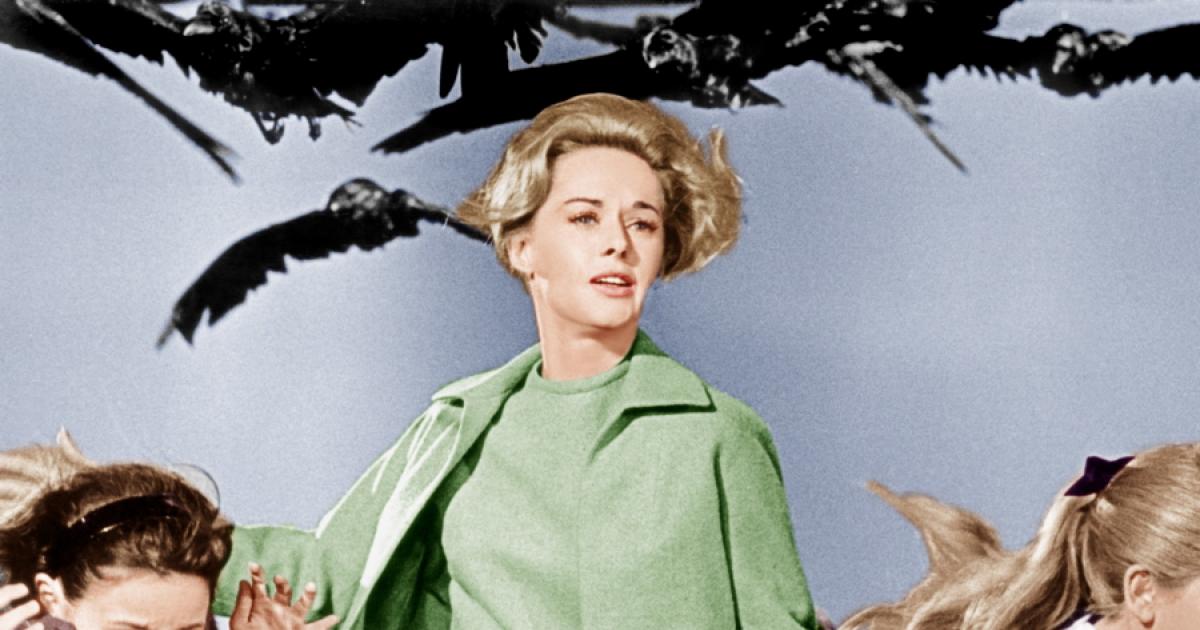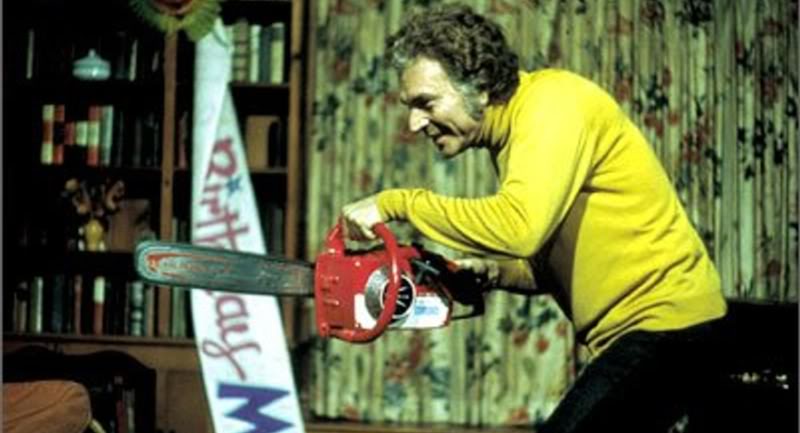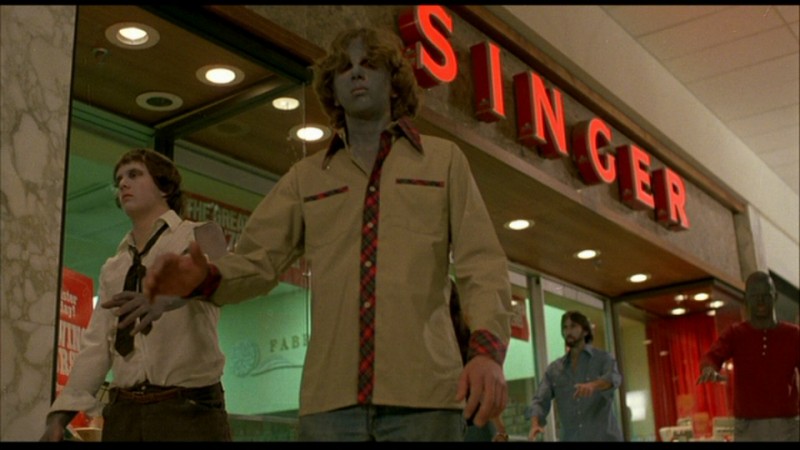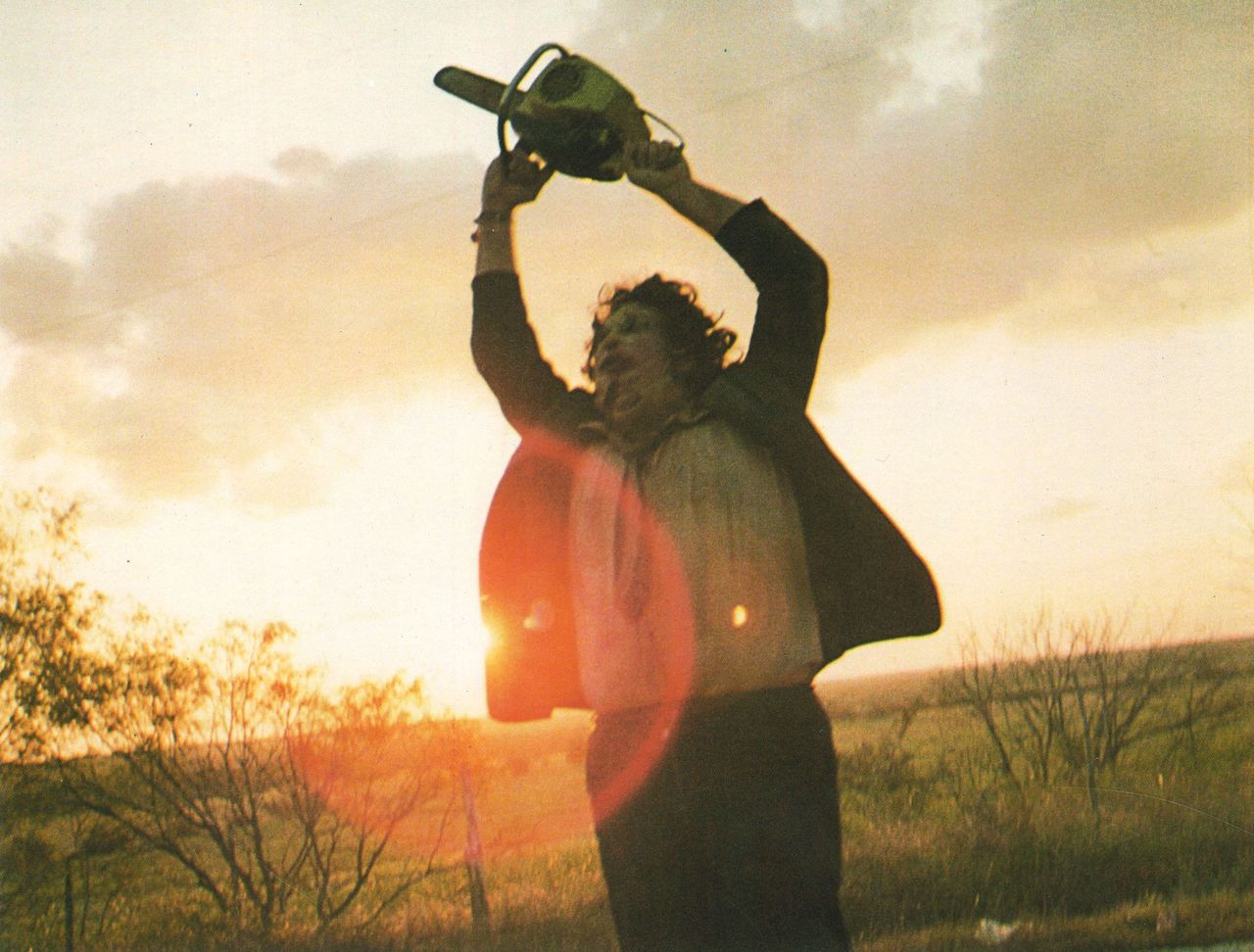5. The Birds (1963)

Alfred Hitchcock’s The Birds shocked audiences by taking banal and commonplace animals and reimagining them as menacing killers. Though it starts out as a lighthearted romantic comedy, this slow-burn creature-feature gives way to a tense and oppressive atmosphere as seemingly innocuous birds start to become agitated, and begin to gather at an alarming rate.
The film revolves around a socialite named Melanie Daniels who follows her crush to Bodega Bay, California, only to find herself in the middle of an ecological nightmare: hostile birds inexplicably attacking civilians.
Hitchcock creates a harrowing sense of unease in viewers by allowing the bird attacks to play out in mundane, everyday situations. The film’s scenes expertly convey a lack of safety in showing that nobody, whether you’re a child on a playground or a woman in a phone booth, is safe from the birds. The eerie sense of danger is heightened by Hitchcock’s unique choice to not include music of any kind, opting to let avian screeching score the film. The ambiguity regarding the Bird’s motivation and the hauntingly abrupt ending has cemented The Birds as one of Hitchcock’s best works.
4. The Last House on the Left (1972)

Another entry from Wes Craven, The Last House on the Left is a polarizing video nasty that codified the rape-revenge genre. It also sparked widespread debate about its merits. Is it a primal, devastating slap in the face to Americans who couldn’t see the state of the county at the time? Is it a time-honored meditation on the emptiness of vengeance merely updated for a decade defined by Vietnam and Manson? Or is it valueless, exploitative trash? There’s a good argument for any of these takes, but almost everyone can agree that the movie is disturbing, brutal, and downright sickening.
Loosely based on The Virgin Spring (1960) by Ingmar Bergman, The Last House on the Left follows two young girls named Phyllis and Mari. During an excursion to a concert, they are kidnapped, taken into the woods, tortured, raped, and murdered. After killing the girls, the assailants unwittingly find refuge with the victim’s parents, who, in turn, take brutal revenge.
The film is notable for launching the career of Wes Craven, though remains polarizing due to its graphic depictions of extreme gendered violence and assault. These scenes of rape and torment, made all the more real by occurring during the day, enhance the sickening effect and realism.
Director Wes Craven intended the film to invert the vigilante hero-fetishism present in media during the wake of the Vietnam War. This would come during a period when people were seeing real war violence on camera for the first time. Whether the movie has merits or is schlock, it successfully communicated one thing to audiences: things that go bump in the night have nothing on the real horrors that occur in broad daylight.
3. Dawn Of The Dead (1978)

George A. Romero’s highly anticipated follow-up to Night of the Living Dead saw a new host of characters fighting off hoards of zombies on a much larger scale.
Dawn of the Dead revolves around a group of survivors who barricade themselves inside a mall during a zombie outbreak. Though many scenes take place at night, the nature of setting this in a mall lends itself to many scenes with bright lighting, ostensibly having the same effect as a daylight horror film. This conceptualization of zombies, former humans who mindlessly wander to the mall out of habit, was a radical departure from the traditional image of a menacing graveyard-dweller rising up on a dark and stormy night.
Dawn of the Dead is notable for being more comedic than its predecessor with on the nose consumerism commentary and some of the most appalling, over-the-top kills this side of the zombie genre.
2. Jaws (1975)

Steven Spielberg’s Jaws made a generation of viewers afraid to go into the water. Though the iconic opening scene takes place during a dusk summer evening, the majority of its runtime is allotted to a sunny Fourth of July weekend.
The classic film follows police chief Brody as he investigates a shark killing that the town mayor attempts to suppress for fear of losing beach tourism. Cementing itself as the first major summer blockbuster, Jaws is known for its iconic score and the popularization of the killer shark trope. It also was the film that launched the career of prolific director Steven Spielberg.
Shooting on a tight 55-day schedule, Spielberg used a myriad of filmmaking techniques to overcome budgetary issues, a malfunctioning mechanical shark, and a film set so hectic and disaster-prone that crew members began referring to the production as “Flaws”. These on-set troubles bred a lot of iconic scenes, including the POV shot of the shark. However, the first time the audience actually gets to see the shark is during a jump scare that occurs in broad daylight.
Another famous scene, in which the shark attacks beachgoers on a crowded, warm summer day disturbed audiences across the board. In fact, the film was so scary that beach tourism dropped, shark killings increased, and the incorrect concept of sharks being man hunters was cemented nation-wide in the public conscience.
1. The Texas Chainsaw Massacre (1973)

In 1973, Tobe Hooper shocked the world and created one of the most notorious figures in horror history by taking the time-honored Dead By Dawn scenario and flipping it on its head. The Texas Chainsaw Massacre is credited with being the first films to employ a chainsaw as a weapon and feature a killer that’s large, looming, and silent.
The film follows a group of teenagers who stumble upon a house inhabited by a demented family of killers. After characters start disappearing, Sally Hardesty must survive the day with sadistic cannibals. The film is a cavalcade of grimy textures, memorable sadistic characters, and a twisted deconstruction of family life that helped cement The Texas Chainsaw Massacre as one of the highest regarded horror movies of all time.
Though the iconic dinner sequence takes place at night, the majority of the film takes place in humid summer weather. This is accented by decomposing animals, graveyard shots, and enough fake blood to make viewers feel like they need to take a shower. These daytime scenes create a realistic and jarring atmosphere that overwhelms viewers.
The use of daylight terror also helped convince the audiences that what they were seeing was real – a phenomenon stoked by the promotional materials, which claimed that the film was based on a true story. Though the inspiration for the movie came from a real murderer named Edward Gein, the film merely takes sparse facts to create a fabricated, but nonetheless terrifying film that changed the way viewers thought about chainsaws forever.